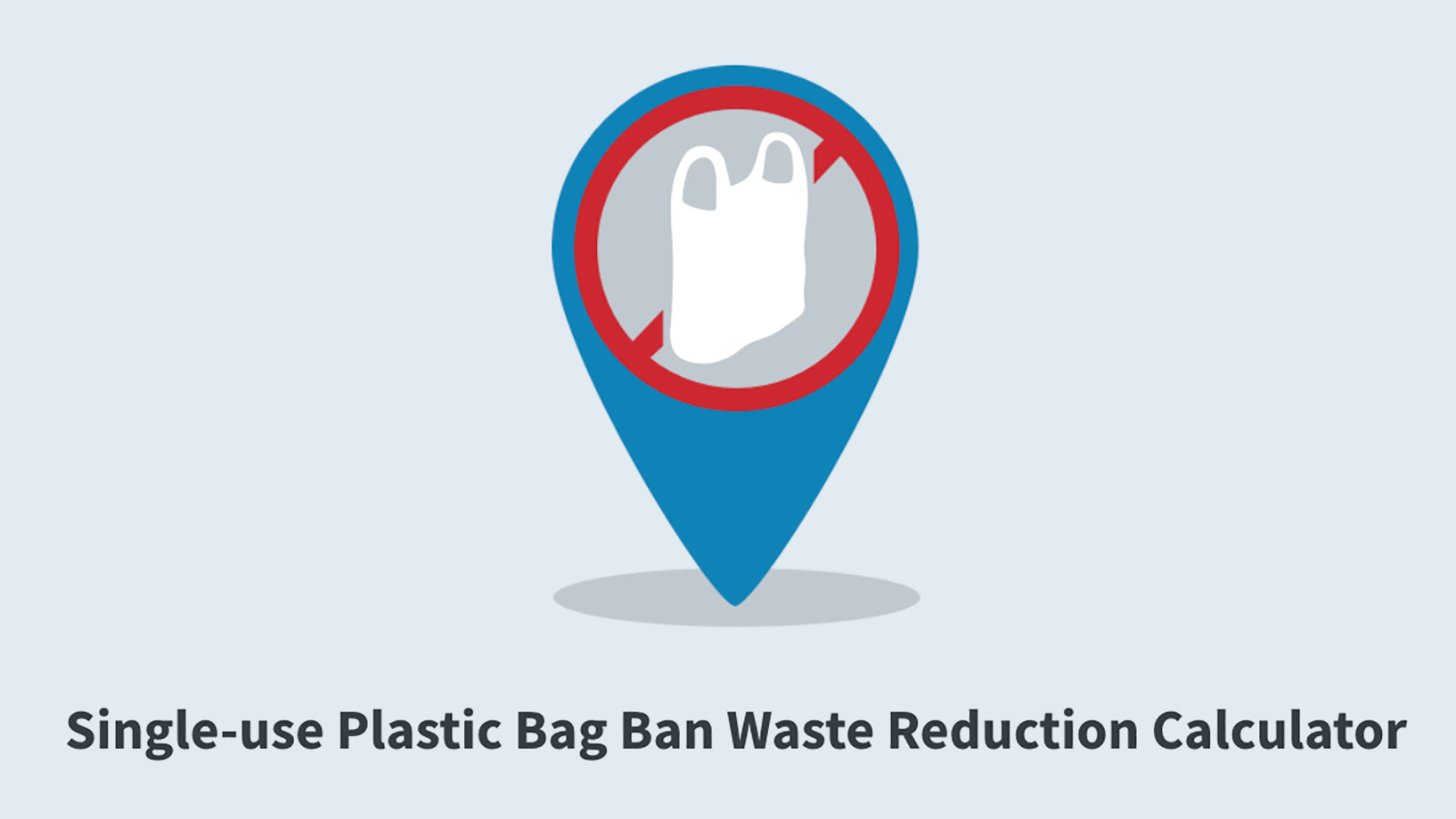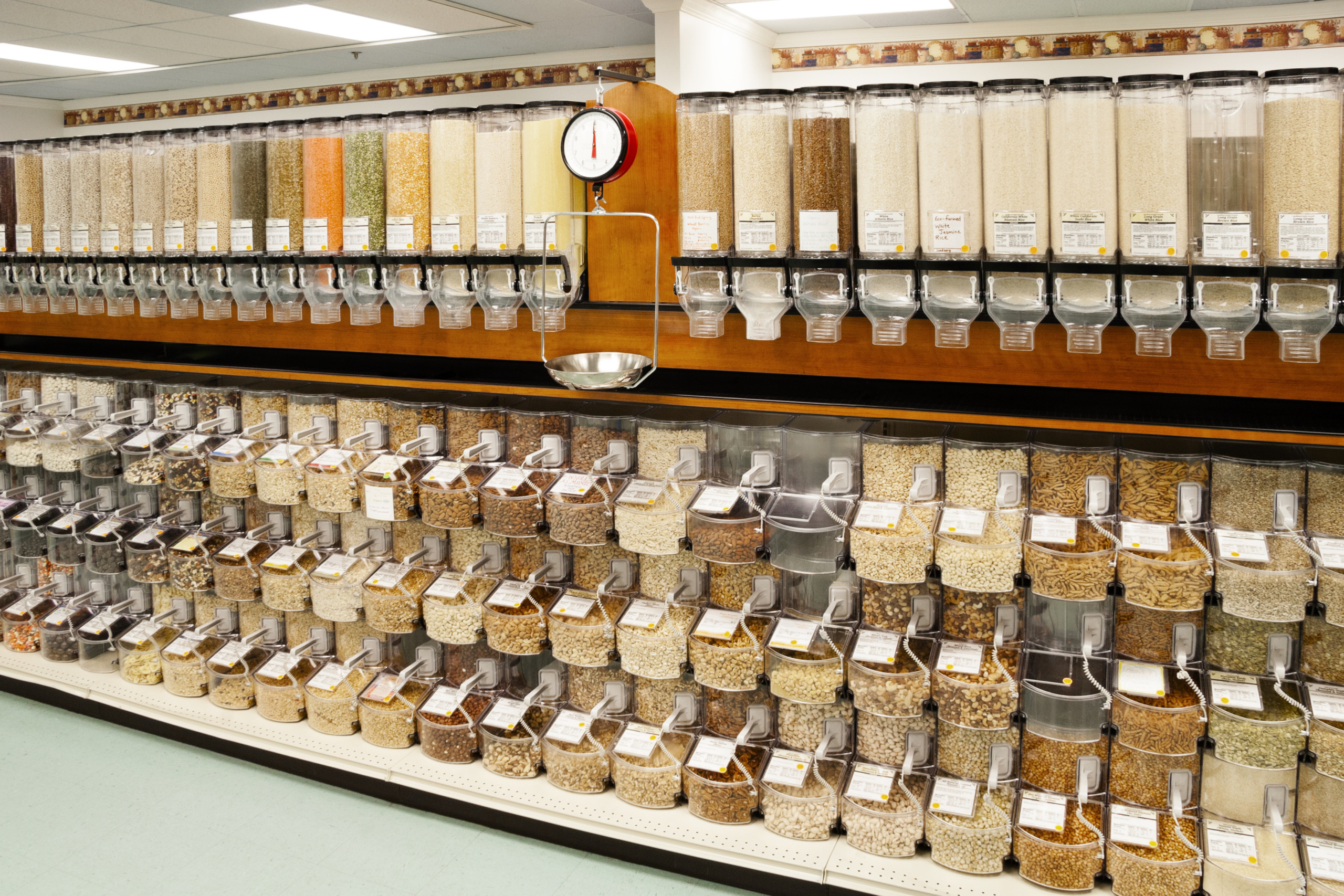
Microplastics found in Pennsylvania’s cleanest streams
PennEnvironment Research & Policy Center tested 50 waterways classified as some of the cleanest in Pennsylvania and found microplastics in every one of them. This interactive map lets you explore the results.
What are microplastics?
Plastic doesn’t biodegrade. Instead it breaks into smaller and smaller pieces of plastic. When it measures around 5mm or smaller, about the size of a grain of rice, it becomes classified as microplastic. Microplastics are in the air and water, they’re consumed by animals, and they’ve been found in the human body.

The results of our microplastics water testing
From October 2021 to May 2022, PennEnvironment Research & Policy Center, in partnership with stakeholders and volunteers from around Pennsylvania, collected 300 samples of water from 50 rivers and streams across the commonwealth. The samples were then tested for microplastics at the Academy of Natural Sciences of Drexel University in Philadelphia. Every waterway tested had microplastics. The waterways tested were classified as either Exceptional Value, High Quality or Class A Coldwater Trout by the Department of Environmental Protection. The DEP describes these classifications as “standards, which are designed to safeguard Pennsylvania’s streams, rivers and lakes, consist of both use designations and the criteria necessary to protect those uses…streams with excellent water quality may be designated High Quality Waters (HQ) or Exceptional Value Waters (EV).”
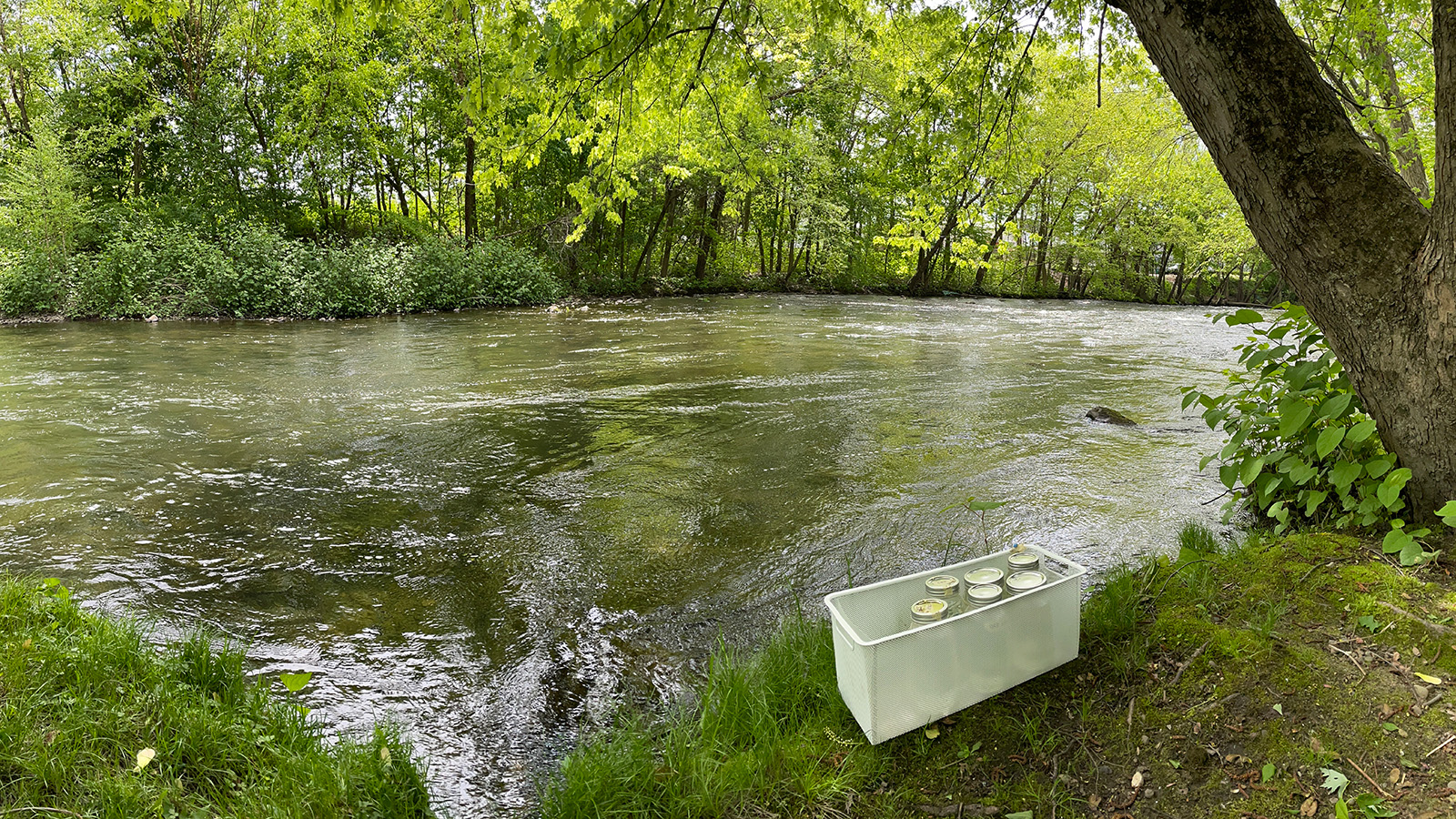
Lackawanna River
Photo by Faran Savitz | Used by permission
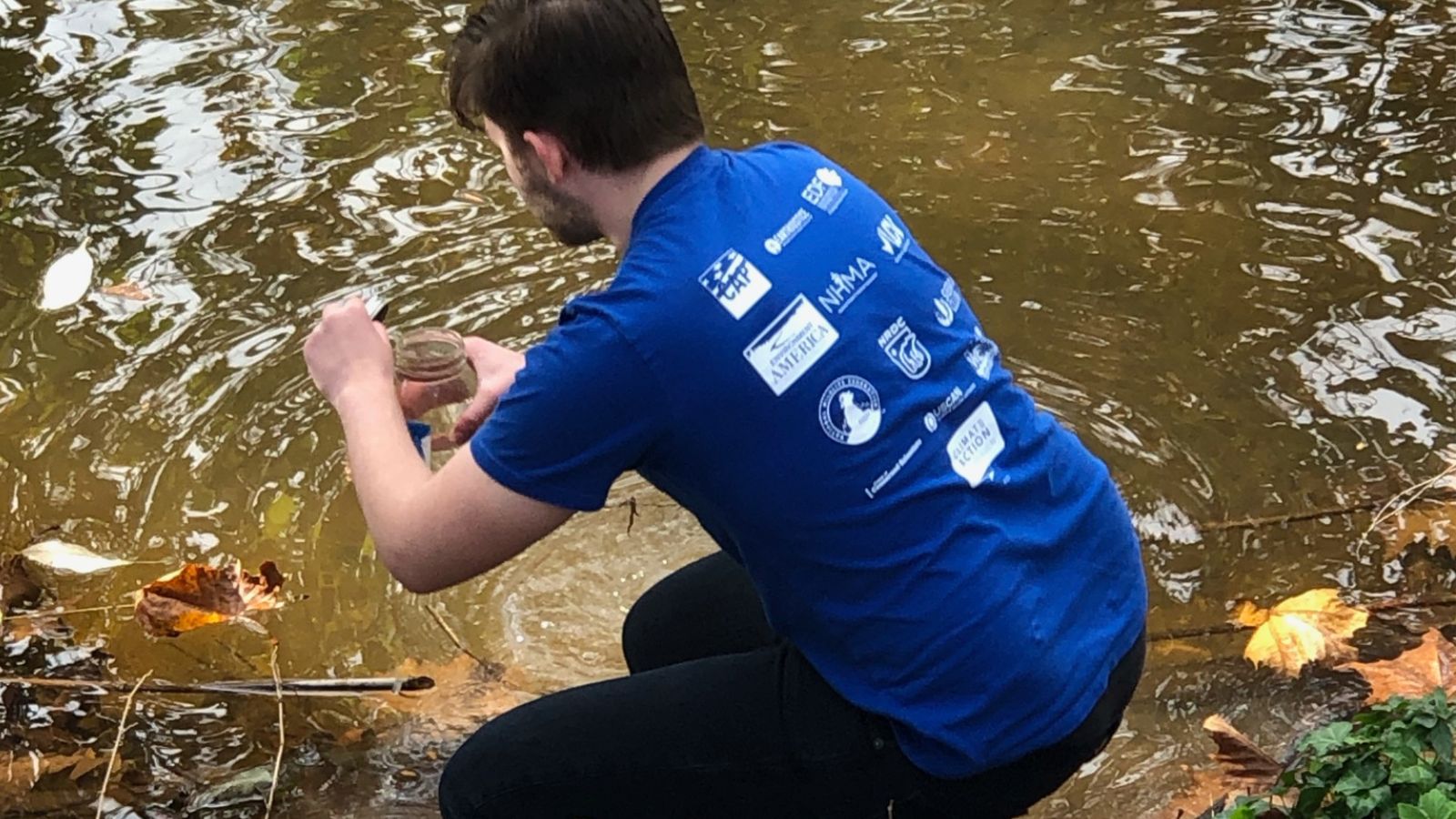
PennEnvironment Research & Policy Center Zero Waste Advocate Faran Savitz collecting a water sample at Aquetong Creek
Photo by Faran Savitz | Used by permission
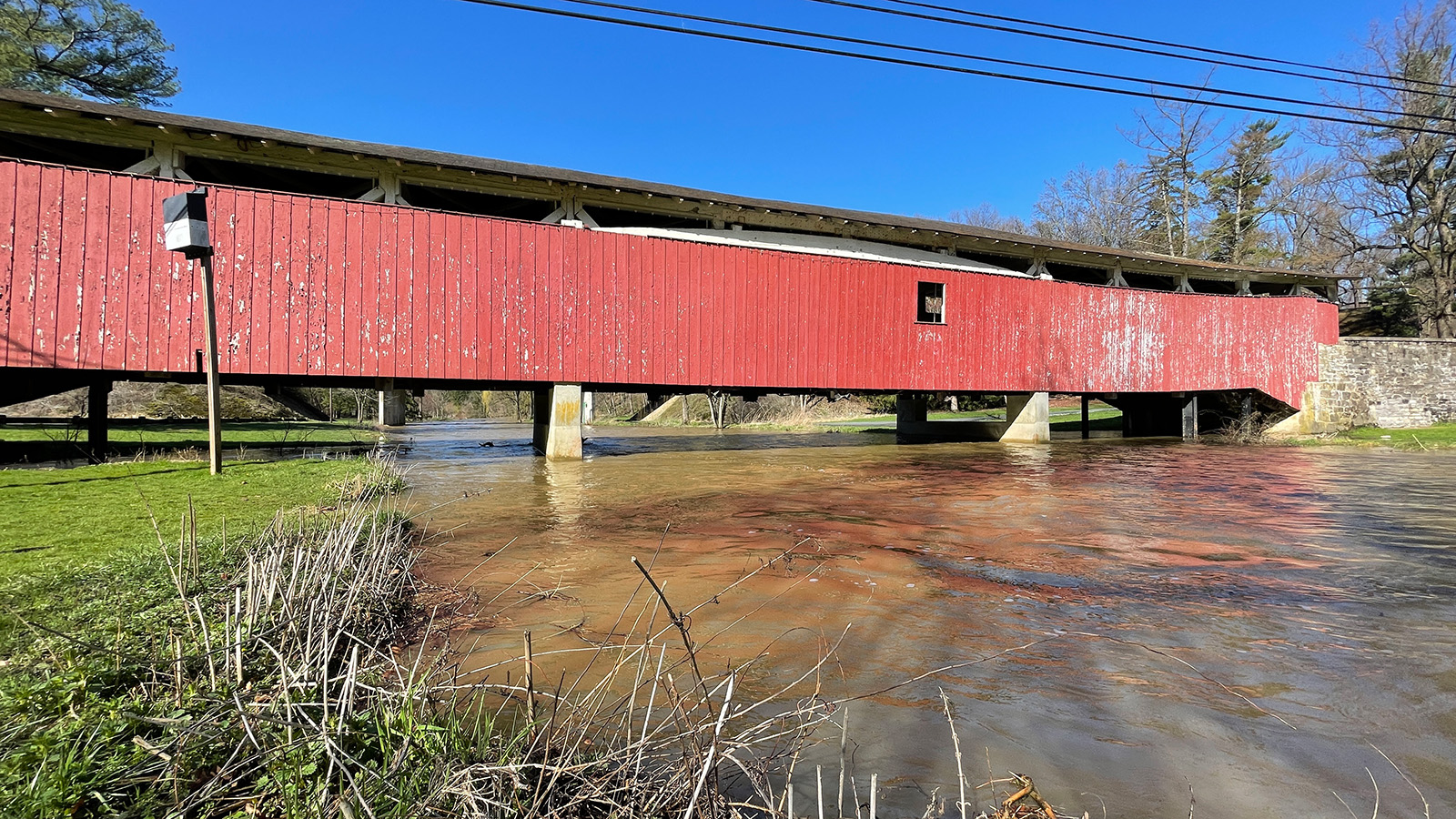
Little Lehigh
Photo by Faran Savitz | Used by permission
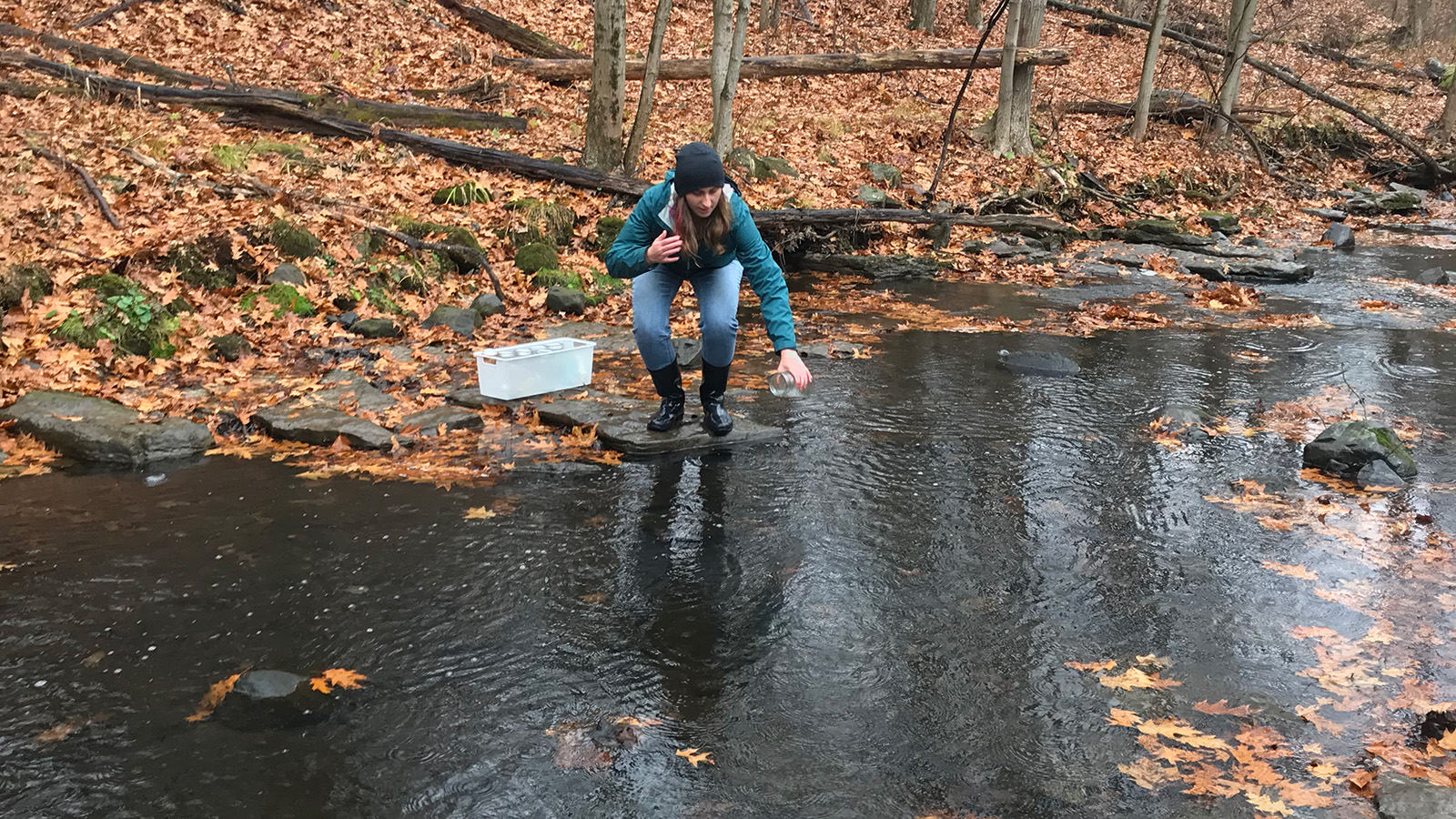
Olivia Perfetti, PennEnvironment Research & Policy Center staff, collecting a water sample at Hell Run
Photo by Olivia Perfetti | Used by permission
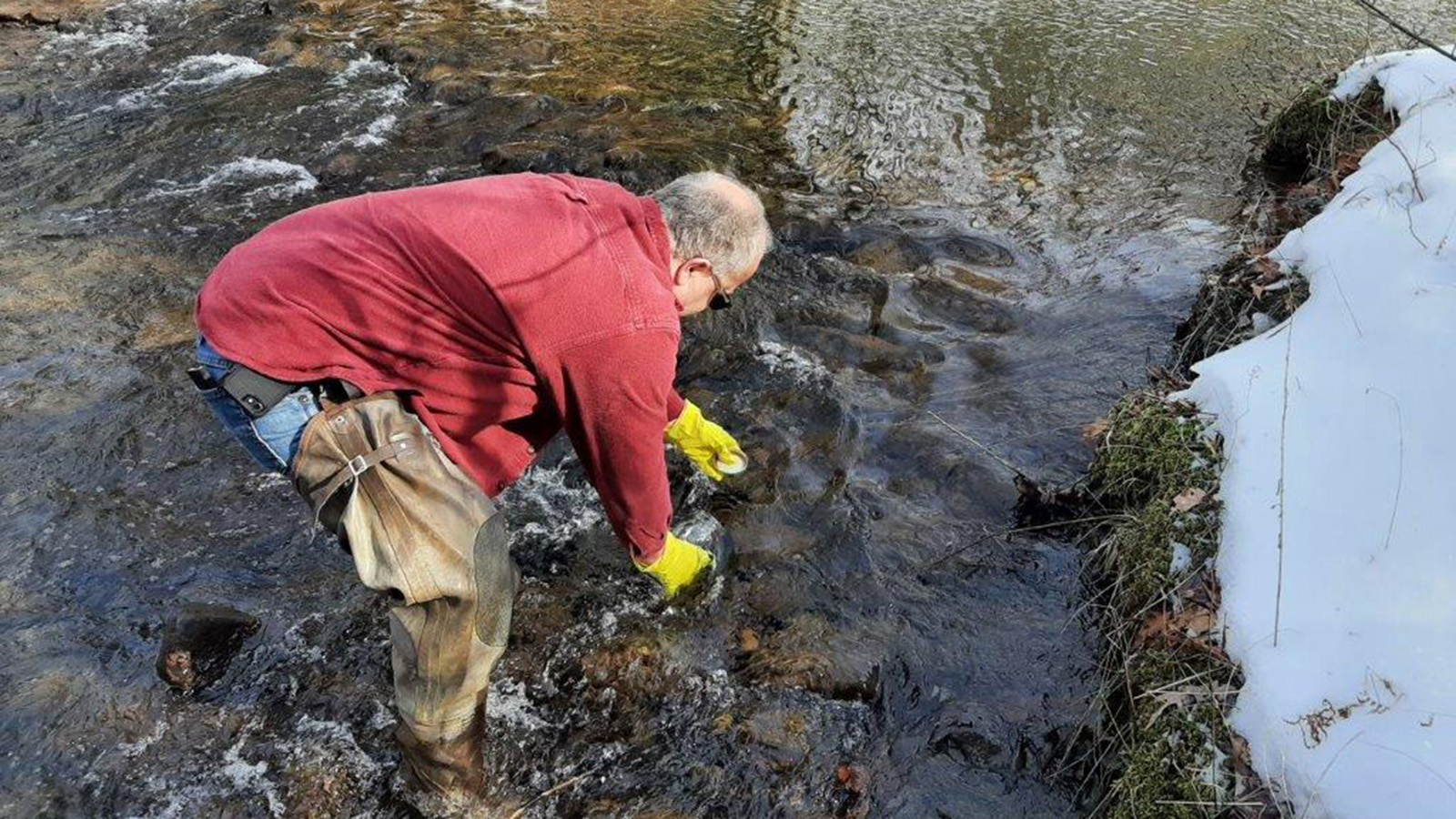
Moshannon Creek Watershed Association volunteer collecting a water sample
Photo by Moshannon Creek Watershed Association | Used by permission
1of 5
This map shows approximate sampling locations for each of the 50 waterways and includes what types of microplastics were found and the counties the waterways flow through. For the full data see our report Pennsylvania’s Pristine Waterways and Microplastics: A Survey of Exceptional Value, High Quality, and Class A Trout rivers and streams. Results for a previous round of testing done on iconic waterways from around the commonwealth can be found in our report Microplastics in Pennsylvania: a Survey of Waterways and in this map.
Thank you for reading. Now, we have a small favor to ask.
We stand up for the environment, and it’s people like you who make it all possible. Our staff research the issues, educate the public, and win tangible results for a greener future. Our members put grassroots support behind our research and advocacy.
Your support can make a difference. As threats to the planet grow, our work becomes more important every day. Every contribution powers our research, fuels our advocacy, and sustains our future.
Topics
Find Out More

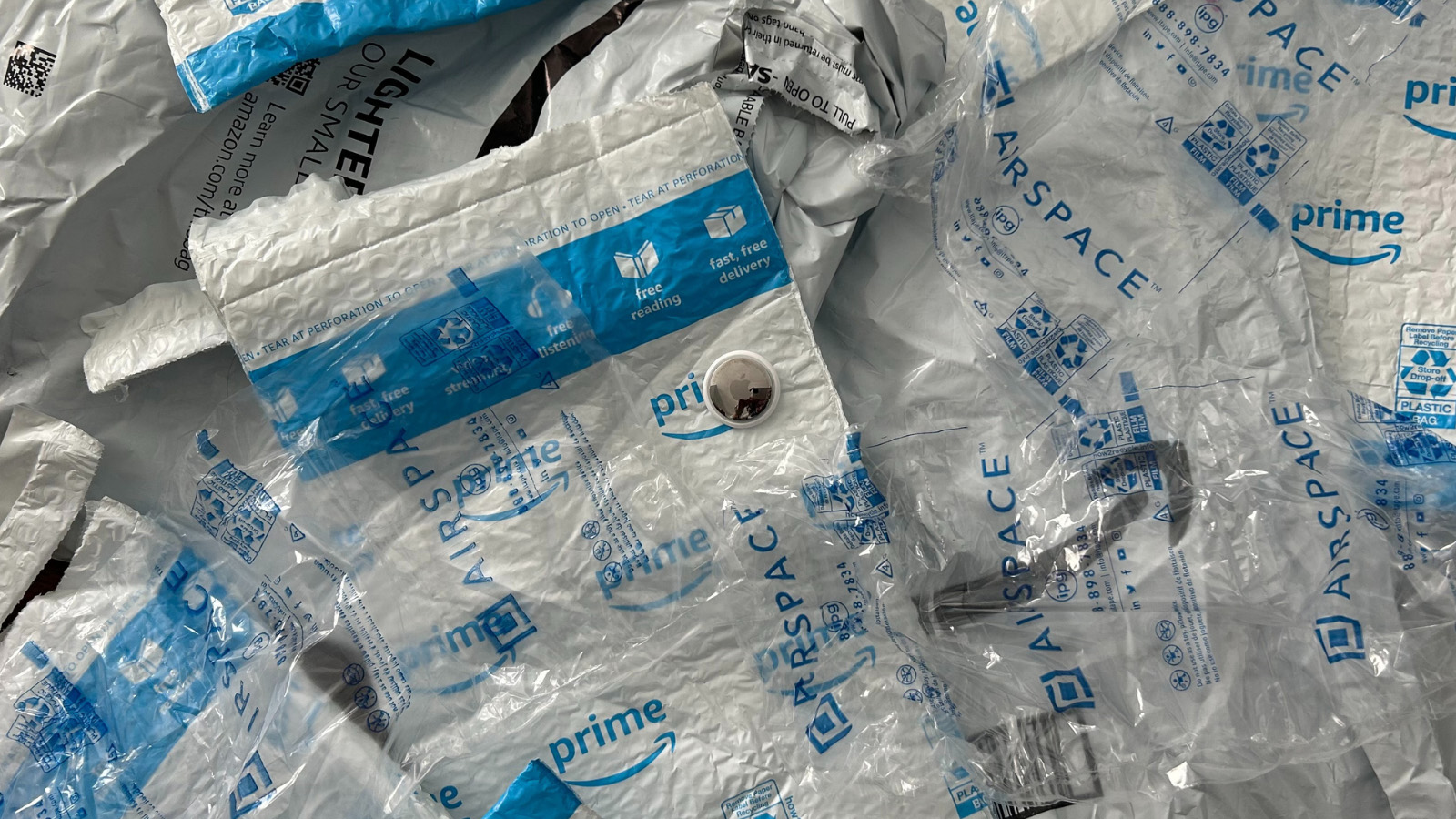
Truth in recycling
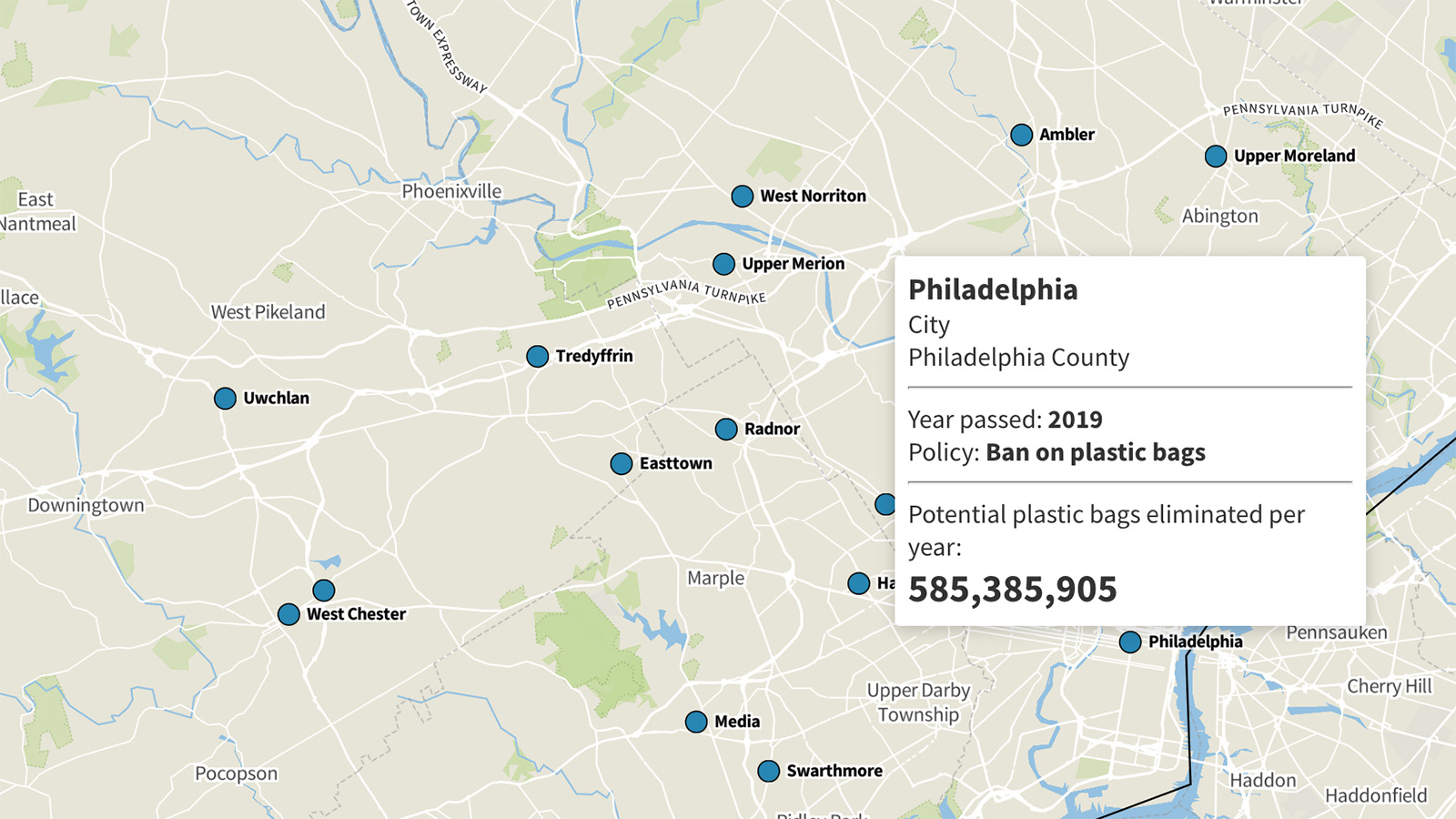
Pennsylvania’s local laws reducing plastic waste
